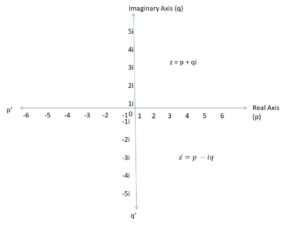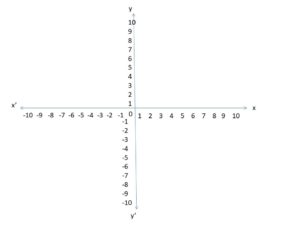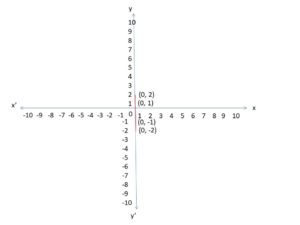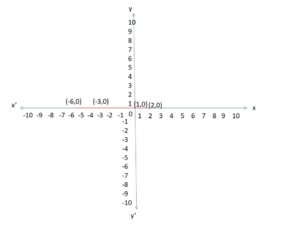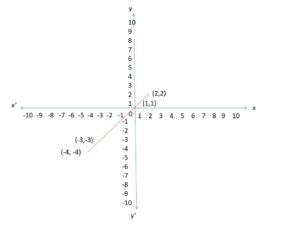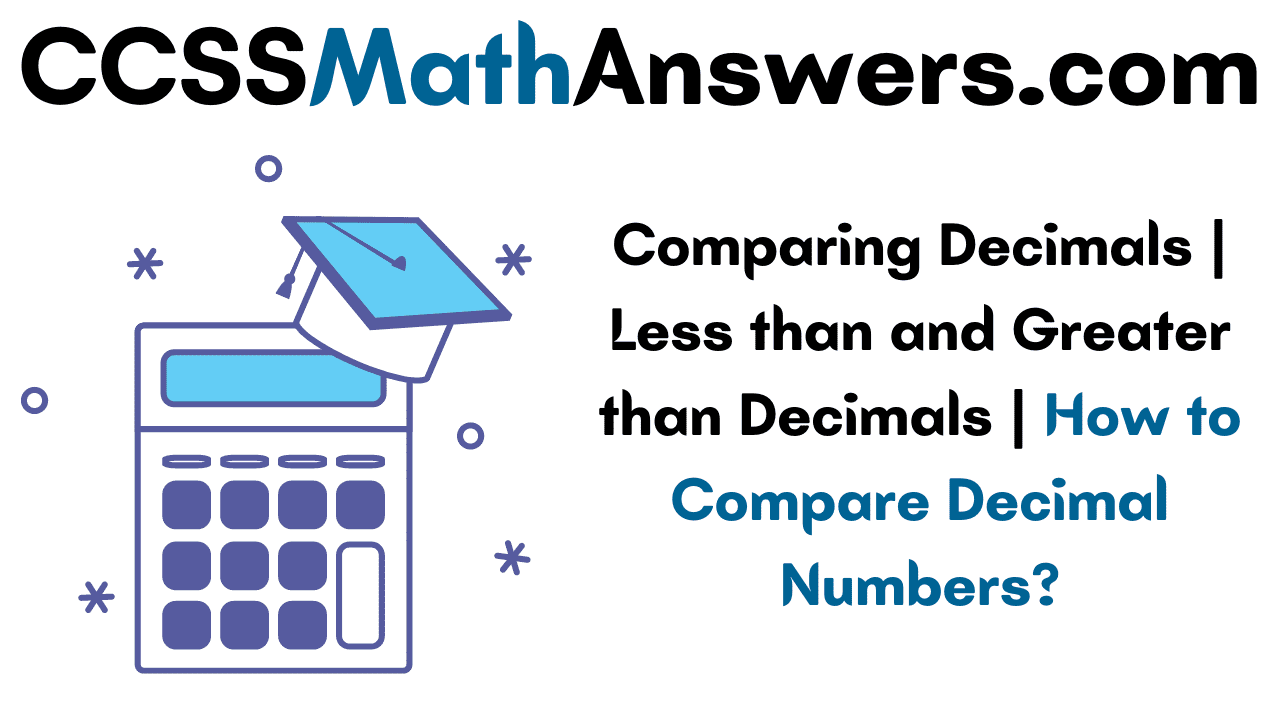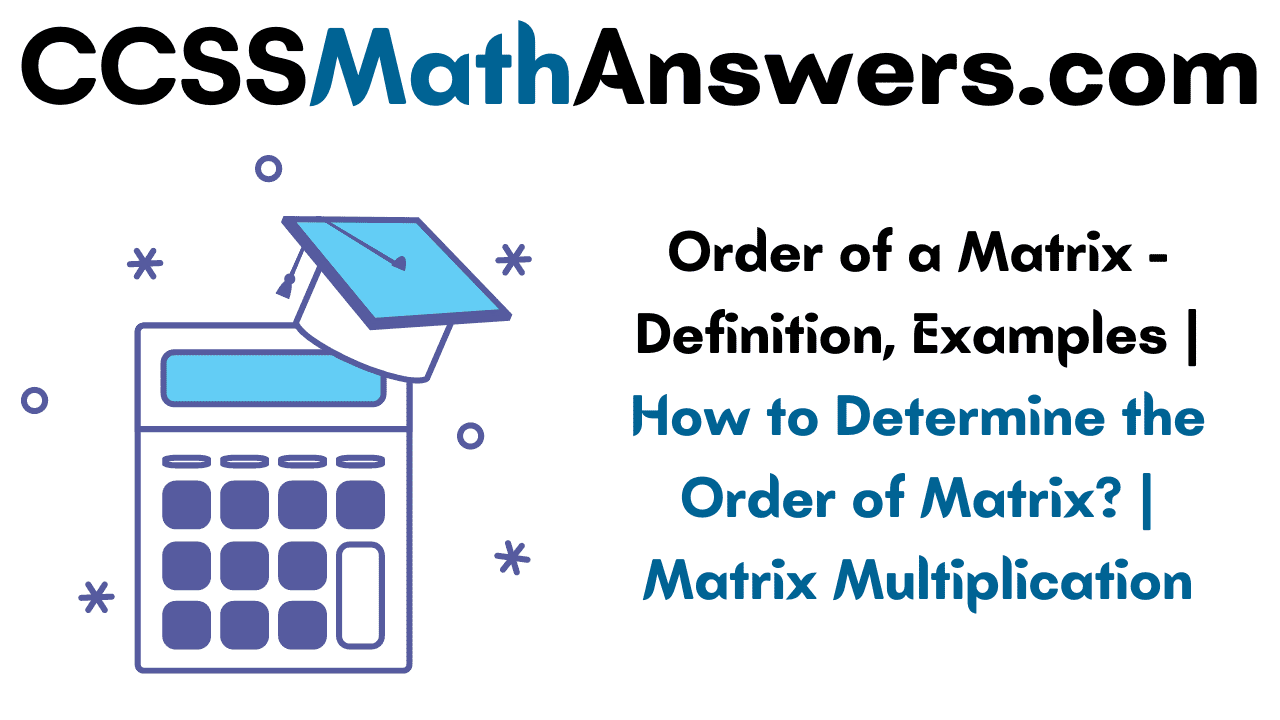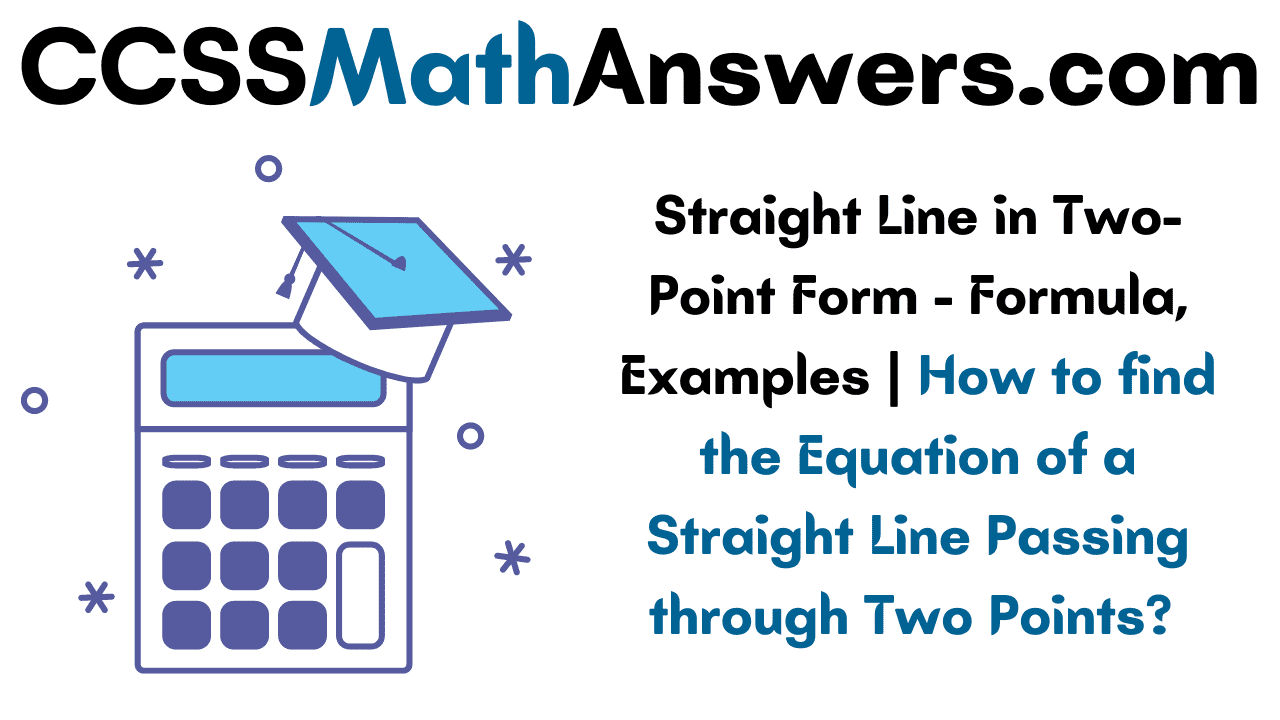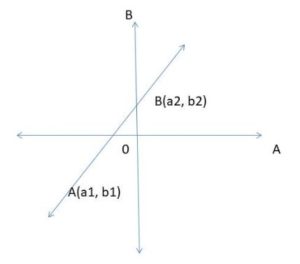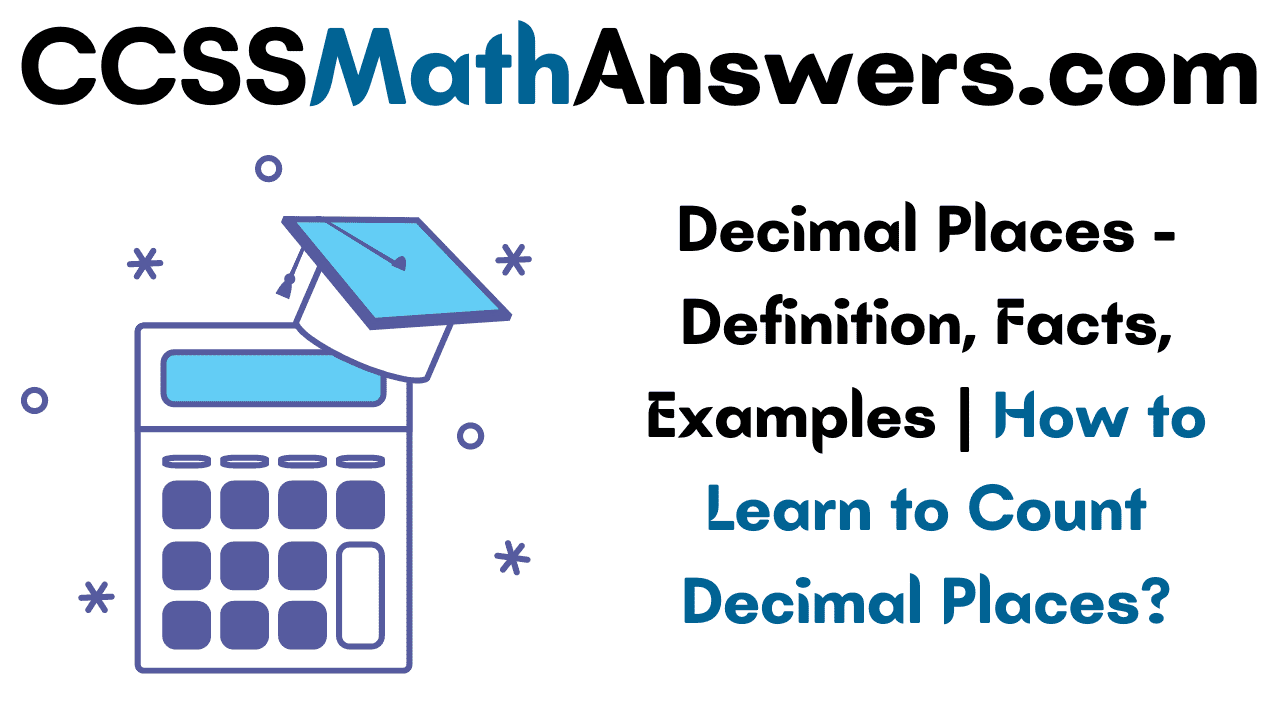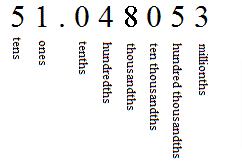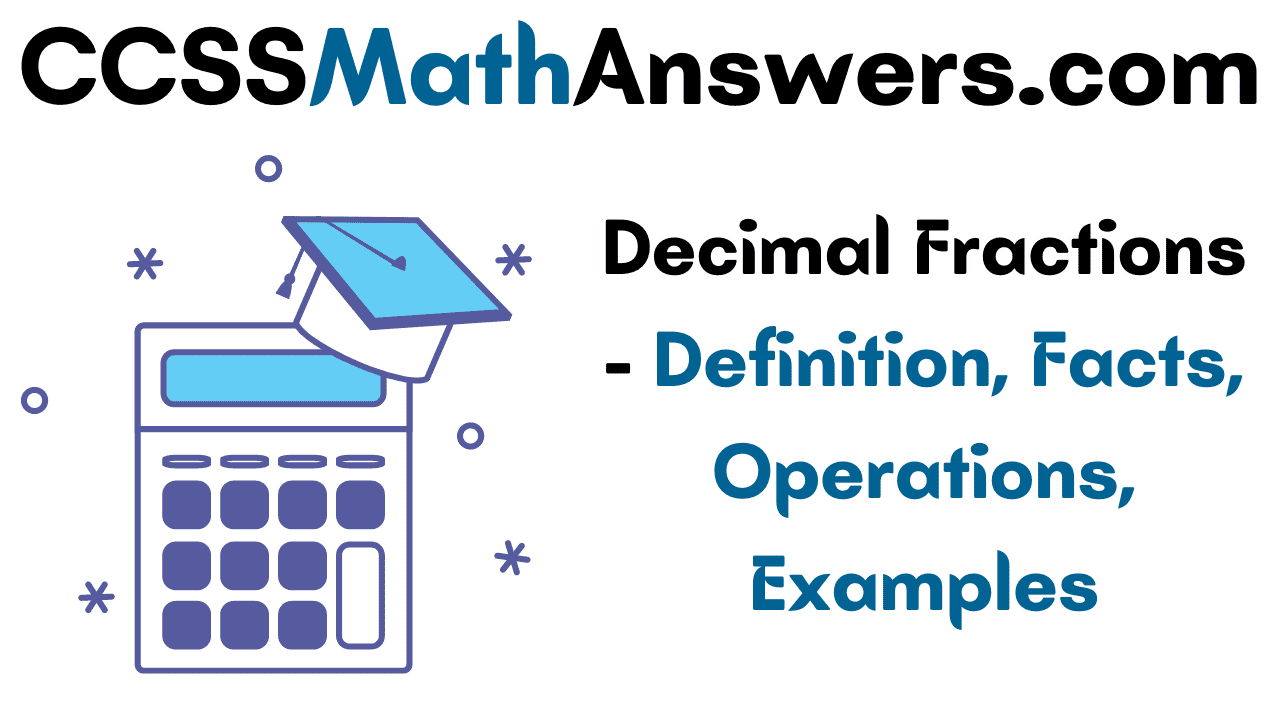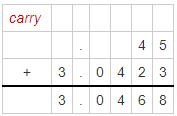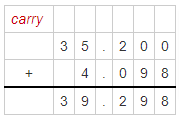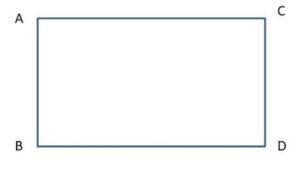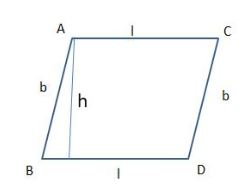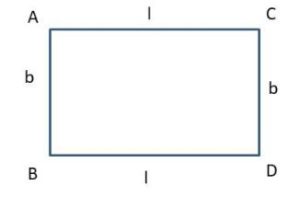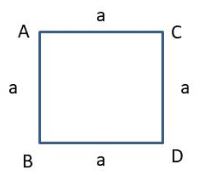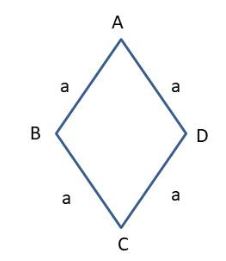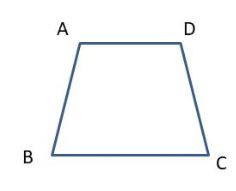Before we learn about the Order of a Matrix let us know What is a Matrix. Matrices are defined as a rectangular array of numbers or functions. It is a rectangular array and two- dimensional. A Matrix is a rectangular array of numbers or symbols which are generally arranged in rows and columns. The plural of matrix is matrices. The entries are the numbers in the matrix and each number is known as an element.
Order a Matrix – Definition
Basically, a two-dimensional matrix consists of the number of rows and the number of columns. The order of the matrix is defined as the number of rows and columns. The number of rows is represented by ‘m’ and the number of columns is represented by ‘n’. Therefore the order of the matrix is equal to m x n, and it is also called as ‘m by n’.
The size of the matrix is written as m x n, where m is the number of rows and n is the number of columns. For example, we have a 3 x 2 matrix, the number of rows is equal to 3, and the number of columns is equal to 2.
Different Types of Matrices
There are different types of matrices, basically categorized on the basis of the value of their elements, their order, number of rows and number of columns, etc. Now, using different conditions, the various matrix types are categorized along with their definition.
- Row Matrix
- Column Matrix
- Null Matrix
- Square Matrix
- Diagonal Matrix
- Upper Triangular Matrix
- Lower Triangular Matrix
- Symmetric Matrix
- Anti- Symmetric Matrix
- Equal Matrix
- Singular Matrix
- Non Singular Matrix
- Horizontal Matrix
- Vertical Matrix
- Unity or identity Matrix.
Row Matrix: A Matrix having only one row is called a Row Matrix. A= [aij]mxn is a row matrix , if m=1 then row matrix is represented as A= [aij]1xn . It has only one row and the order of a matrix will be 1 x n. For example, A= [1 2 4 5] is row matrix of order 1 x 4.
Column Matrix: A Matrix having only one column is called a Column Matrix. A= [aij]mxn is a column matrix, if n=1 then column matrix is represented as A= [aij]mx1 . It has only one column and the order of a matrix will be m x 1. Just like row matrices had only one row, column matrices have only one column. Thus the value of the column matrix will be 1.
Null Matrix: Null Matrix is also called Zero Matrix. In a matrix all the elements are zero then it is called a Zero Matrix or Null Matrix and it is generally denoted by 0. Thus, A = [aij]mxn is a Zero or Null Matrix.
Unity or Identity Matrix: If a square matrix has all elements 0 and each diagonal element is non-zero, it is called an identity matrix. It is denoted by I.
Equal Matrix: If two matrices are said to be equal if they are same order if their corresponding elements are equal to the square matrix.
Square Matrix: If the number of rows and the number of columns in a matrix are equal, then it is called Square Matrix.
How to find Order of a Matrix?
A Two- Dimensional matrix consists of the number of rows (m) and a number of columns (n). The order of the matrix is equal to m x n (also pronounced as ‘m by n’).
Order of Matrix = Number of Rows x Number of Columns.
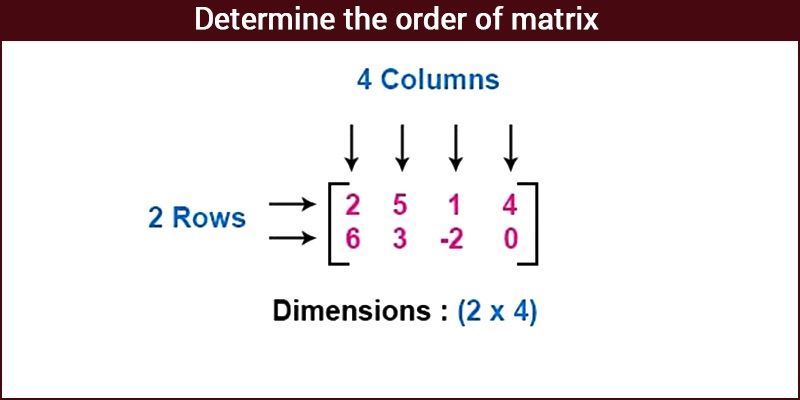
In the above, you can see, the matrix has 2 rows and 4 columns. Therefore, the order of the matrix is 2 x 4.
How will you Determine the Order of Matrix?
If a matrix has m number of rows and n number of columns, now let’s know how to find the order of the matrix.
Here few examples, how to find the order of a matrix,
[1 2 3] is an example, in this, the order of the matrix is (1 x 3), which means the number of rows (m) is 1 and the number of columns (n) is 3.
[7 5] is an example of (1 x 2) matrix, in this number of rows are (m) is 1 and number of columns (n) is 2.
\( A =\left[
\begin{matrix}
6 & 2 & 3\cr
12 & 15 & 35 \cr
\end{matrix}
\right]
\)
The order of the above matrix is (2 x 3), in this number of rows is (m) is 2, and the number of columns (n) is 3.
A matrix of the order m x n has mn elements. Hence we say that if the number of elements in a matrix is prime, then it must have one row or one column. Usually, we denote a matrix by using capital letters such as A, B, C, D, M, N, X, Y, Z, etc.
The product of m and n can be obtained in more than one ways, some of the ways are,
- mn x 1
- 1 x mn
- m x n
- n x m
Number of Elements in Matrix
Suppose, A is the order of 2 x 3. Therefore, the number of elements present in a matrix will also be 2 times 3, i.e 6.
Similarly, the other matrix order is 4 x 3, thus the number of elements will be 12 i.e. 4 times 3. If we know the order of a matrix, we can easily determine the total number of elements that the matrix has,
If a matrix is of m x n order, it will have mn element.
Order of a Matrix Examples
Example 1.
If matrix A has an 8 number of elements, then determine the order of the matrix.
Solution:
We know that number of elements is 8
Let’s write all the possible factors of the number 8
8 = 1 x 8
8 = 4 x 2
8 = 2 x 4
8 = 8 x 1
we can get the number 8 is four ways.
Therefore, there are four possible ways or orders of the matrix with 8 number of elements are 1 x 8, 2 x 4, 4 x 2, and 8 x 1.
Example 2.
If a matrix X has 7 number of elements, find the order of the matrix.
Solution:
We know that number of elements is 7
Let’s write all the possible factors of the number 7
7 = 1 x 7
7= 7 x 1
we can get the number 7 in two ways.
Therefore, there are two possible ways or orders of the matrix with 7 number of elements are 1 x 7, 7 x 1.
Example 3.
What is the order of a matrix given below?
\( A =\left[
\begin{matrix}
1 & 2 & 9\cr
18 & 12 & 15 \cr
\end{matrix}
\right]
\)
Solution:
The number of rows in a given matrix is A = 2
The number of columns in a given matrix is A = 3
Therefore, the order of matrix is 2 x 3.
Example 4.
What is the order of a matrix given below?
\( A =\left[
\begin{matrix}
4 & 5 & 7\cr
11 & 14 & 18 \cr
21 & 24 & 8 \cr
\end{matrix}
\right]
\)
Solution:
The number of rows in a given matrix is A = 3
The number of columns in a given matrix is A = 3
Therefore, the order of the matrix is 3 x 3.
FAQ’s on Order of Matrix
1. What is Matrix and Types?
A Matrix can be defined as a rectangular array of numbers or functions. A matrix consists of rows (m) and columns (n) that is m x n. Types of Matrices are :
- Row Matrix
- Column Matrix
- Null Matrix
- Equal Matrix
- Unity or Identity Matrix
- Square Matrix
- Rectangular Matrix
- Horizontal Matrix
- Vertical Matrix
- Scalar Matrix
2. What is the Null Matrix?
Null Matrix is also called Zero Matrix. In a matrix all the elements are zero then it is called a Zero Matrix or Null Matrix and it is generally denoted by 0. Thus, A = [aij]mxn is a Zero or Null Matrix.
3. What is another name of Unity Matrix?
Another name of the unity matrix is Identity Matrix. If a square matrix has all elements 0 and each diagonal element is non-zero, it is called an Identity Matrix. It is denoted by I.
4. What is the order of Square Matrix?
A Matrix that has a number of rows is equal to a number of columns is called Square Matrix. In this matrix, all the elements are arranged in m number of rows and n number of columns . So the order of the matrix is denoted by mxn.
5. Explain a Scalar Matrix?
Scalar Matrix is similar to a square matrix. In the scalar matrix, all off-diagonal elements are equal to zero and all on diagonal elements happen to be equal. In other words, the Scalar Matrix is an identity matrices multiple.


